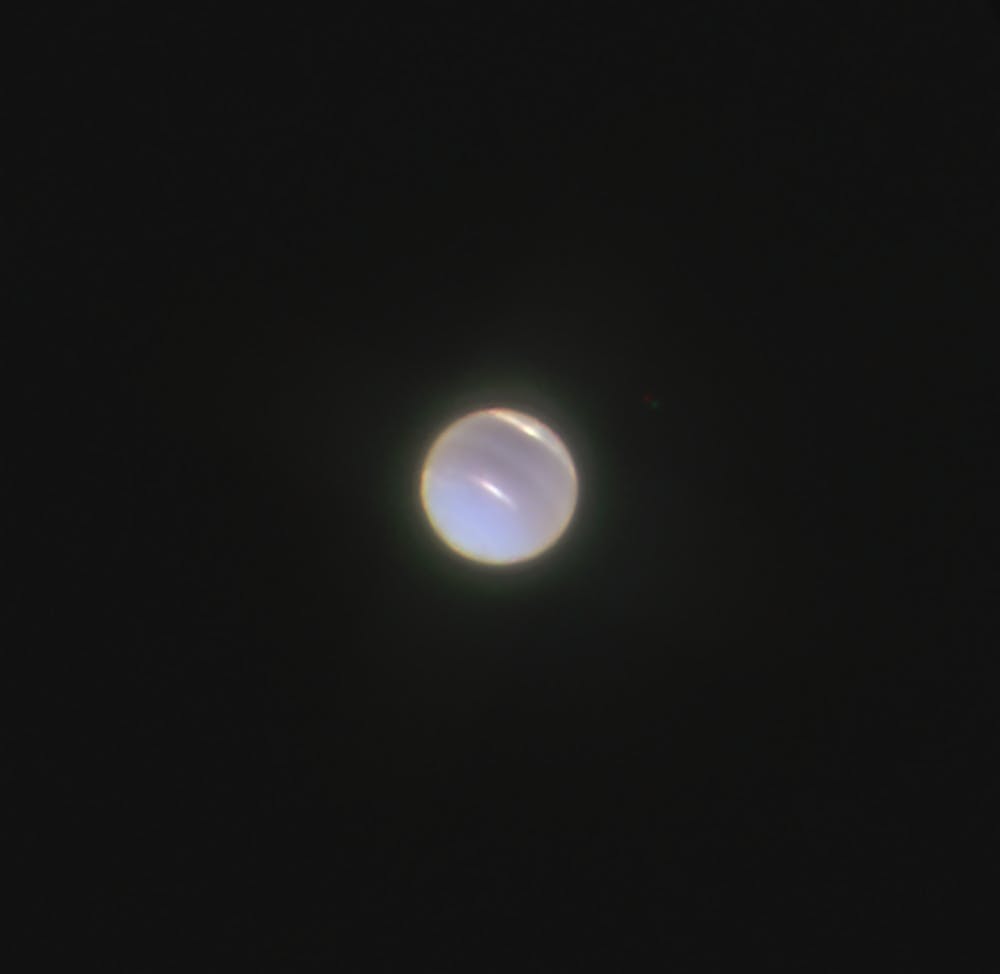By Aneri Upadhyay
Staff Writer
Planetary rings are common among our solar system. All gas giant planets have them, although Saturn’s rings are the most famous for being the largest. There are certain factors that need to be present in order for a planet to maintain its rings. Scientists have recently discovered a dwarf planet with rings when theoretically there should not be any, changing the way that researchers examine planetary rings.
As stated by the European Space Agency, planetary rings typically fall within the parameters of the Roche Limit, a limit on planets in which objects within the limit will be pulled into the orbit of the planet. Quaoar is a trans-Neptunian object, commonly known as a TNO, that lies beyond Neptune’s orbit and has a ring that appears to fall outside of the Roche Limit.
Lying outside the Roche Limit should mean that the materials making up the ring should collide to make a moon. However, this is not the case for Quaoar. The Roche Limit is 1,780 kilometers from the object’s center, and the ring around Quaoar is 4,100 kilometers.
The discovery was led by Bruno Morgado, Universidade Federal do Rio de Janeiro, Brazil, who described his thought process.
“When we put everything together, we saw drops in brightness that were not caused by Quaoar, but that pointed to the presence of material in a circular orbit around it,” he said. “The moment we saw that we said, ‘Okay, we are seeing a ring around Quaoar.’”
According to Reuters, Quaoar’s diameter is one-third the diameter of the Earth’s moon and half the diameter of Pluto. It even has a moon called Weywot that orbits beyond the ring.
This discovery alters the understanding of how planetary rings are sustained. Morgado and his colleagues used an atypical way to identify the rings, as reported by Nature. Usually, rings are discovered directly with one telescope. However, they used multiple telescopes to watch the brightness of stars as the TNO passed in front of them. They observed that the brightness of the stars decreased at these moments due to the ring around Quaoar blocking the light from the stars.
Another key instrument in the discovery was the European Space Agency’s Cheops telescope that was able to eliminate the confounding variable of the data being an effect of the Earth’s atmosphere.
Isabella Pagano, a member of the Cheops Board, stated that, “Cheops gives a great signal to noise because the telescope is not looking through the distorting effects of Earth’s lower atmosphere.”
Signal to noise is the ratio of a desired signal with the amount of background noise observed. A great signal to noise means that there is minimal interference with the signal from background noise.
There are various potential explanations for the ring, including that the ring is made from debris due to an impact with a satellite. This explanation, however, is unlikely due to the fact that the material should have already formed a moon by now.
Other explanations proposed were that the materials of the ring are more elastic than previously thought, the particles are colliding at higher speeds or that perturbations are preventing the materials in the ring from colliding.
What does this mean for astronomists and researchers? They either need to reevaluate the Roche Limit or find an explanation for the maintenance of Quaoar’s ring.
Another author of the paper reporting this discovery, Giovanni Bruno, commented on the uniqueness of the ring being as far out of the Roche Limit as it is. He is an astronomer at Italy’s National Institute for Astrophysics (INAF).
As reported by Space, he said in a European Space Agency statement that, “As a result of our observations, the classical notion that dense rings survive only inside the Roche limit of a planetary body must be thoroughly revised.”







